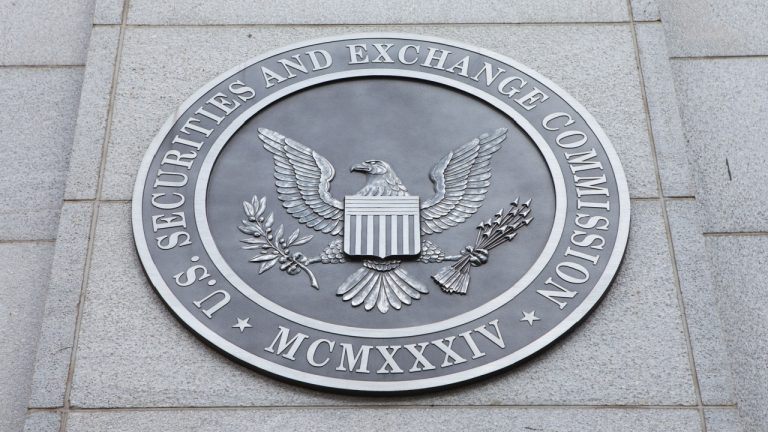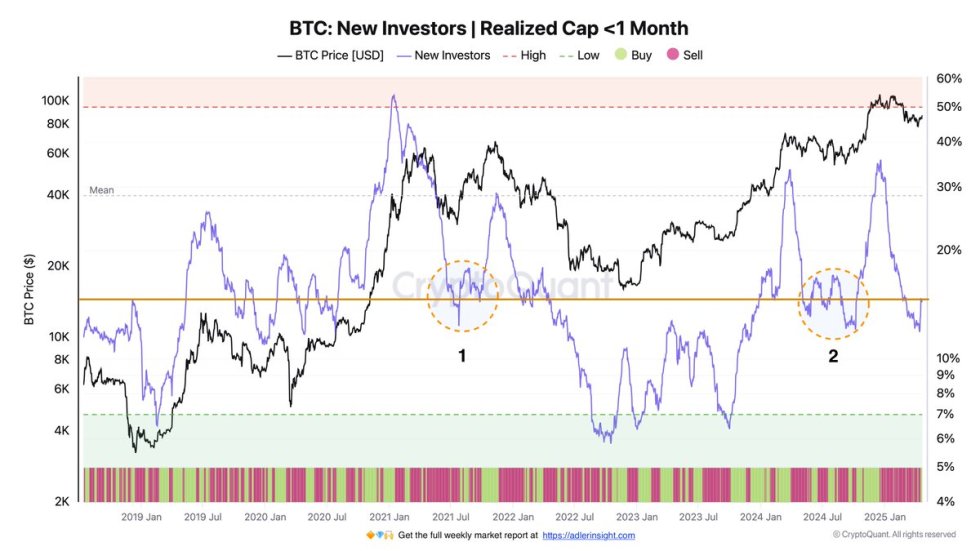 | Creating a passive investment strategy for a market index like the S&P500 is a simple task that requires very little thought above considering available funds to invest each period. A strategy applied to cryptocurrencies will ideally be able to exploit the iconic bull runs and corrections that define the market whilst protecting against the collapses that can wipe out 80% of capital in a matter of weeks. For all of our strategies, we will consider a maximum capital input of $15,000, which is roughly $16.25 per day over the period. We assume that this capital is readily available in our trading account and that we could deploy the entire $15,000 in one trade if we so wished. I use data from late 2017 to early 2021. Lump-Sum Investment The simplest investment strategy that we could employ would be investing the lump sum of $15,000 on a single day. If this sum was invested at the all-time low during this period we would consider this a successful strategy but if invested close to the all-time high, this strategy will fare worse than the majority of other strategies. Determining these highs and lows before they happen or even whether the price at present is high or low is a fool’s errand at best, especially when it comes to cryptocurrencies. We can analyse the performance of this strategy across the entire period, considering the return if the lump sum were to be invested on each of the days. Lump-sum returns by date of investment We can see that the investment return is inversely proportional to the price on the lump-sum purchase date. We can also see that the majority of returns lie between 300-700% but there is another mode around 1000-1300% (representing the investments made within the bear markets following the previous peak). Distribution of lump-sum returns Dollar-Cost Averaging If we invest the $15,000 over the entire time period making one purchase of BTC per day, we protect ourselves from making large purchases when the price is high at the cost of exploiting the general uptrend of the market during the time period. Portfolio gains increase in magnitude towards the end of the period as we have a much larger cumulative investment. The DCA strategy achieves a return on investment of 523.73%, certainly not a modest figure. If we suppose that we have no insight enabling us to correctly determine on which day to make the investment (a depressing but fairly reasonable assumption given our track record as a community) we can compare the performance of a lump sum investment against dollar-cost averaging. Assuming that we choose a day at random to make the lump-sum investment, the probability of beating the return of the DCA strategy is 40.45% (523/1293 days). Although perhaps I am not giving the average cryptocurrency investor’s market timing abilities enough credit… Value-Averaging An alternative to dollar-cost averaging is value averaging. In which, we attempt to take advantage of price fluctuations of an asset over time. The value averaging method allows us to change how much we invest in each period depending on the price fluctuation over the previous period. If the price decreases then we make a larger purchase at the start of the next period and analogously if the price increases we make a smaller purchase (or even sell some of the holdings) at the start of the next period. If our period target (Δ) is $15 and our portfolio drops 10$ between two periods, the next period we invest 15+10=$25, if it had increased by $5, we would have invested only 15-5=$10. Note that if the asset drops far below the price at the start of the value averaging strategy it can be possible to run out of capital. Portfolio and cash value using value-averaging. ROI 256.21%. The USDT Vault holdings increase when the BTC increases enough that the BTC holdings value increases more than the specified Δ. If purchases are made in subsequent periods we fund these through the vault (if non-empty) rather than the injection of extra capital. By design, the value of asset holdings (not including USDT) after t periods will be Δt. Without imposing extra restrictions on the purchasing or sale of assets we cannot accurately choose a Δ that ensures we do not invest more than a specific threshold over the period. Value-averaging does indeed allow us to exploit the downswings of BTC price but in the process of selling a large proportion of holdings when prices increase we remove a lot of potential profits from the table. This has a substantial impact on the overall profitability of the strategy due to the often exponential rises in cryptocurrency prices. We can adapt the VA strategy to maintain the exploitation of price drips but prevent the sell-off of assets during price increases. I believe that this is beyond the scope of this post and will consider making a separate post at some point. Key Takeaways Making a lump-sum can be one of the most profitable strategies assuming that you have the hindsight to know when to make your investment. If you have the conviction that the current price of the market isn’t close to the all-time-high that will be achieved within the next few years then a lump-sum (or partial lump-sum) investment could be a potential avenue to explore. Otherwise, a strategy of making multiple investments over time is the better choice. The simplest multiple-investment choice of DCA has a historic ROI of 523.73%. Making periodic investments allows us to hedge against the volatility of an asset like Bitcoin. The more volatile an asset is the more we would benefit from making periodic investments (and the more we would benefit from smaller times in between investments ie. monthly over yearly investments). Weekly investments may be much more manageable than daily investments purely from a time perspective but also from a transaction fees perspective. The more trades you are making the more fees you will be charged (if there are any flat fees or you transfer off exchange each time). The danger with waiting larger times in between investments (even if making weekly investments) is that investors may be trying to time their investment in order to get the best price. This is precisely what the DCA design tries to avoid. If we’re making daily investments we won’t be waiting 3-6 days to find the best entry point and then finding out that the best price to enter was actually on the first day of the period… If you like to think that you can time your weekly investment then go ahead, otherwise stick to your guns and invest on the same day each week. The value-averaging strategy returned 256.21%, falling way behind standard DCA. The strategy had prolonged periods of selling when the price was rising about the value-averaging parameter Δ. An asset like Bitcoin that has exponential rises in price often triggers the value-averaging sell order when positions are sufficiently large; something we’d like to avoid. We could potentially adapt the sell criteria to be triggered by a price change factor (or percentage) rather than an absolute price change. TLDR; Contrary to other posts proclaiming otherwise, DCA is better than lump-sum unless you have a crystal ball. The key is volatility. DCA's benefits are amplified when markets are more volatile (i.e. crypto). Analyses comparing DCA to lump-sum in stock markets are not relevant and should be criticised for their assumptions. [link] [comments] |

You can get bonuses upto $100 FREE BONUS when you:
💰 Install these recommended apps:
💲 SocialGood - 100% Crypto Back on Everyday Shopping
💲 xPortal - The DeFi For The Next Billion
💲 CryptoTab Browser - Lightweight, fast, and ready to mine!
💰 Register on these recommended exchanges:
🟡 Binance🟡 Bitfinex🟡 Bitmart🟡 Bittrex🟡 Bitget
🟡 CoinEx🟡 Crypto.com🟡 Gate.io🟡 Huobi🟡 Kucoin.



















Comments